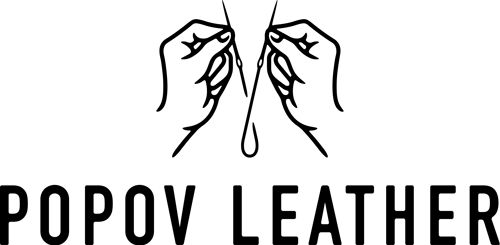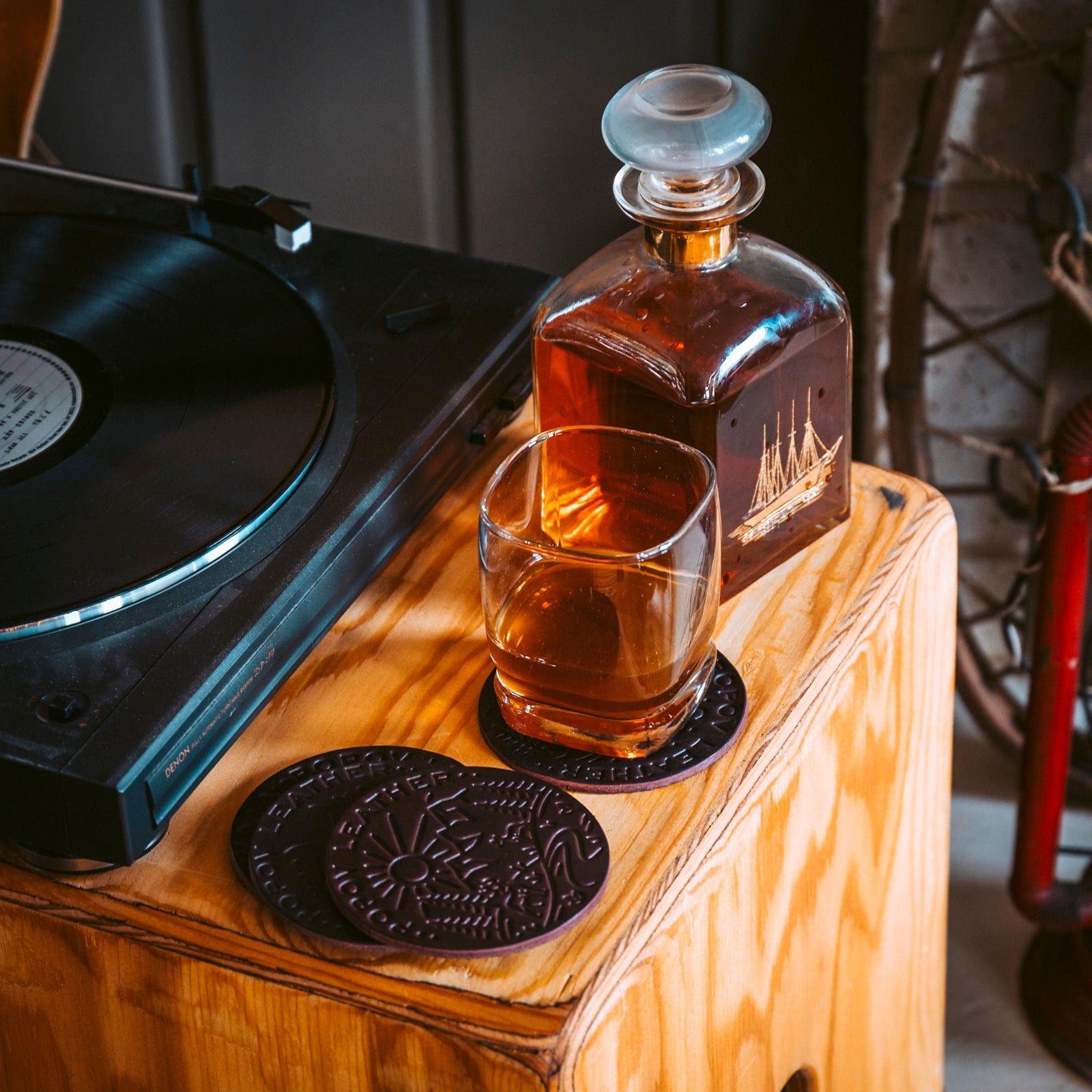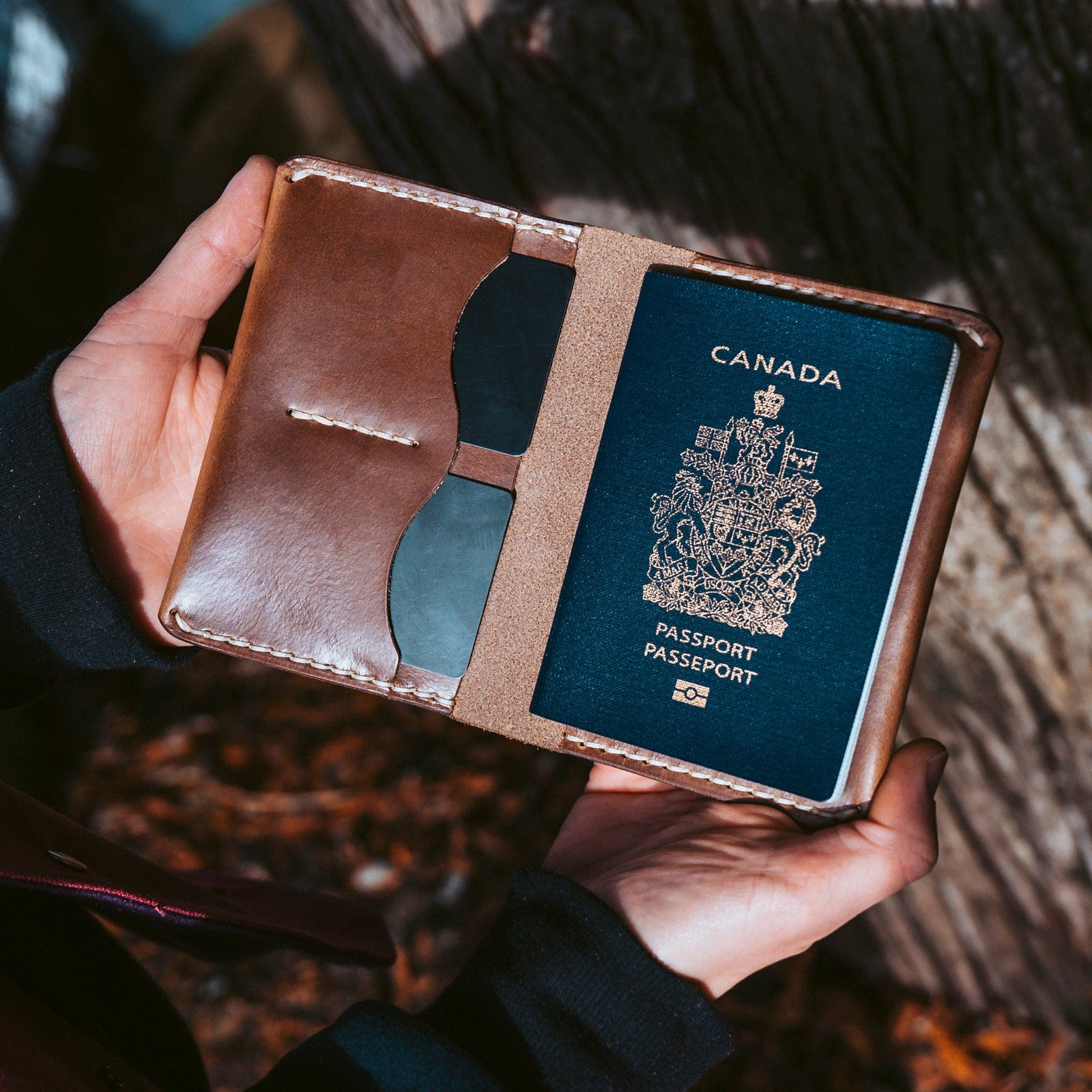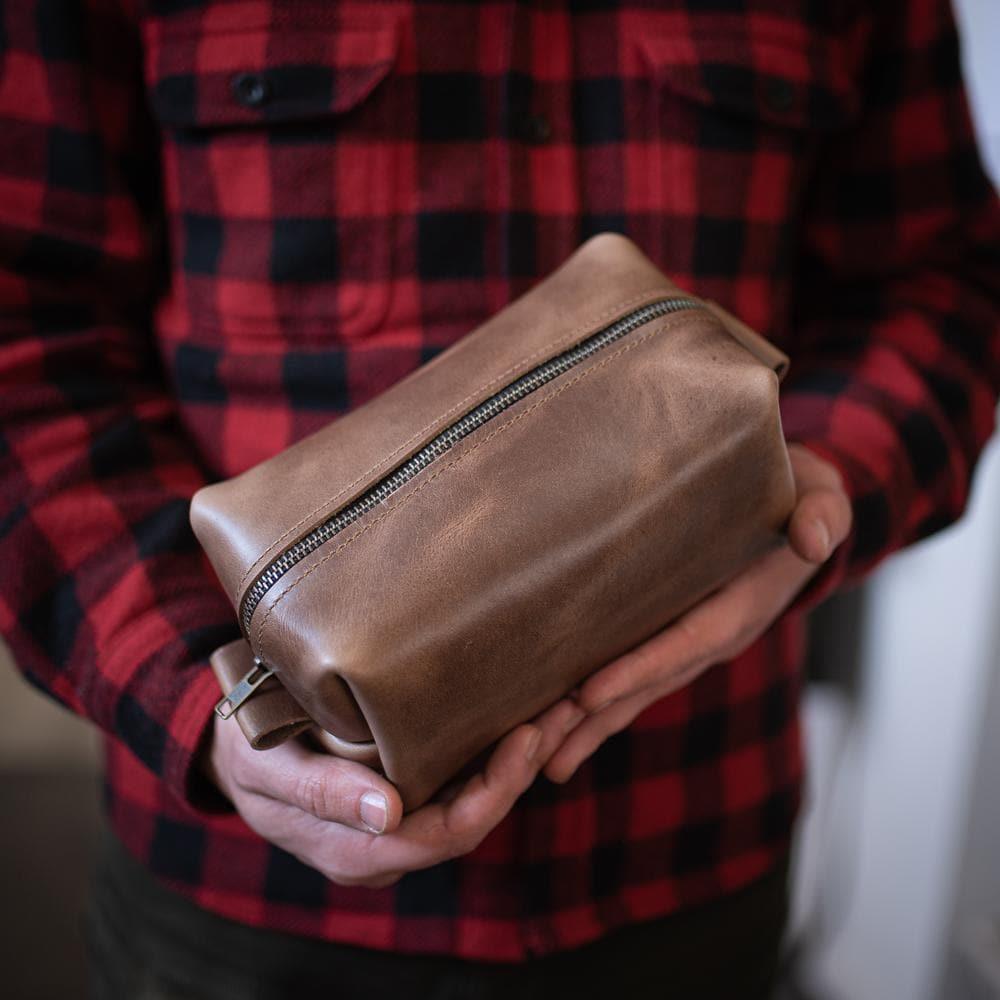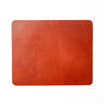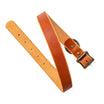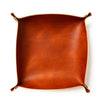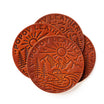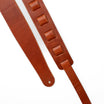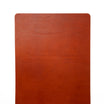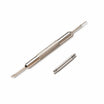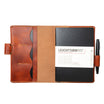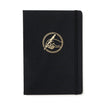Patent Leather
Leather Terminology / Leather Finishes
noun
Definition of Patent Leather
In 1818, Seth Boyden from Newark, New Jersey, began investigating the possibility of creating a leather version that’s treated in a way that the material retained its durability and protective features, but with a more relaxed and dressy appearance than the usual leather goods at the time.
And that’s how patent leather was born. It has a lustrous mirror-like surface applied through a special coating.
Originally, the glossy look was achieved by applying different layers of linseed oil finish to the leather. But as time passed, manufacturers began using plastic coating finish, which was cheaper and more available.
Over time, advancements in synthetic resins facilitated a simpler process, resulting in reduced production costs and enabling the mass production of patent leather.
Today, patent leather is characterized by a glossy, mirror-like finish that catches the light and is flexible, durable, and water-resistant.
However, patent leather finished with a plastic coating may not be the best quality since the coating covers the natural qualities of real leather. It will also degrade over the years and more likely discolor if exposed to the sun’s UV rays.
Example of Patent Leather in a Sentence
"These patent leather boots are incredibly cozy and yet look so elegant."
Related Terms for Patent Leather

Written by Ryan Popoff
Ryan Popoff is the creative mind behind Popov Leather wallets, iPhone cases, belts, watch bands and journals since 2013. With a Bachelor Degree in Fine Arts, my leatherworking journey began at home. I wanted to create a simple leather wallet that could fit into my front pocket and — to my delight — it was a hit with family and friends. Hopefully you love our honest, quality leather goods too! Read more
